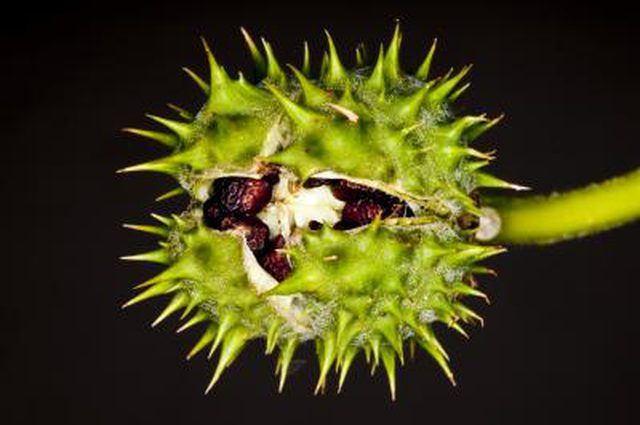Bulbs
Flower Basics
Flower Beds & Specialty Gardens
Flower Garden
Garden Furniture
Garden Gnomes
Garden Seeds
Garden Sheds
Garden Statues
Garden Tools & Supplies
Gardening Basics
Green & Organic
Groundcovers & Vines
Growing Annuals
Growing Basil
Growing Beans
Growing Berries
Growing Blueberries
Growing Cactus
Growing Corn
Growing Cotton
Growing Edibles
Growing Flowers
Growing Garlic
Growing Grapes
Growing Grass
Growing Herbs
Growing Jasmine
Growing Mint
Growing Mushrooms
Orchids
Growing Peanuts
Growing Perennials
Growing Plants
Growing Rosemary
Growing Roses
Growing Strawberries
Growing Sunflowers
Growing Thyme
Growing Tomatoes
Growing Tulips
Growing Vegetables
Herb Basics
Herb Garden
Indoor Growing
Landscaping Basics
Landscaping Patios
Landscaping Plants
Landscaping Shrubs
Landscaping Trees
Landscaping Walks & Pathways
Lawn Basics
Lawn Maintenance
Lawn Mowers
Lawn Ornaments
Lawn Planting
Lawn Tools
Outdoor Growing
Overall Landscape Planning
Pests, Weeds & Problems
Plant Basics
Rock Garden
Rose Garden
Shrubs
Soil
Specialty Gardens
Trees
Vegetable Garden
Yard Maintenance
What Is a Thorn Apple?
What Is a Thorn Apple?. Named for the round, spiny fruits they bear, thorn apples (Datura spp.) belong to the nightshade family, or Solanaceae. The large, trumpet-shaped flowers are showy and powerfully fragrant, so some choose to plant thorn apples in flower gardens. Plant scientists disagree on how many different kinds of thorn apples exist, with...

Named for the round, spiny fruits they bear, thorn apples (Datura spp.) belong to the nightshade family, or Solanaceae. The large, trumpet-shaped flowers are showy and powerfully fragrant, so some choose to plant thorn apples in flower gardens. Plant scientists disagree on how many different kinds of thorn apples exist, with the number of named species varying from eight to 25, according to "Toxic Plants of North America." They have a worldwide distribution. All the plant parts are poisonous, and thorn apples can poison or even be fatal to people and livestock.
Growth Habit
Depending on the species, thorn apples are either perennial or annual, and have large, gray-green leaves with an unpleasant odor. Plants range from about 1 1/2 to 5 feet tall, with many branches for a spreading growth habit. Most grow in open, disturbed places such as roadsides, ditches, fields and vacant lots. The perennial species come from tropical and subtropical climates and don't tolerate temperatures much below freezing. Because fresh thorn apple leaves taste bad to herbivores, most animals avoid eating the plants. One of the most common thorn apples is also called jimsonweed (Datura stramonium). This annual grows throughout the United States as a weed.
Fragrant Flowers
The flowers of thorn apples are what make them garden subjects. The large, usually white flowers are night-blooming, held well above the leaves to attract pollinating moths. Some species have a purple throat, or are tinged with purple. Others have purple, pink or yellow flowers. On a large plant, many flowers can be open at the same time, all emitting a sweet fragrance. They only last one day. Another common name given to thorn apple thanks to these conspicuous flowers is devil's trumpet or angel's trumpet.
Fruits and Seeds
If pollinated, a green, softly spined round fruit begins to form at the base of the flower. As it matures, it becomes dry and brown, and the spines are hard and sharp. The round fruit eventually splits open, revealing hundreds of brown or black seeds that resemble tomato seeds. The seeds are more poisonous than other plant parts. The active toxins in thorn apples are alkaloids such as atropine, scopolamine and hyoscyamine. They affect the central nervous system and the action of voluntary and involuntary muscles.
Landscape Use
Allow enough room for thorn apple to spread out in the garden. They will overgrow nearby smaller plants; for example, the sacred thorn apple (Datura wrightii), can spread 15 to 20 feet wide under favorable conditions. Sacred thorn apple is an annual in cold winter areas and a short-lived perennial in U.S. Department of Agriculture plant hardiness zones 9 through 11. Blooming from spring into fall, the white flowers can reach 8 inches wide. A species that contains double-flowered cultivars, downy thorn apple (Datura metel) also has varieties with different flower colors, ranging from white to yellow, purple and pink. Hardy in USDA zones 9 through 11, it's grown as an annual elsewhere. Use thorn apples in xeriscape gardens or in flowerbeds, giving them sun to partial shade.